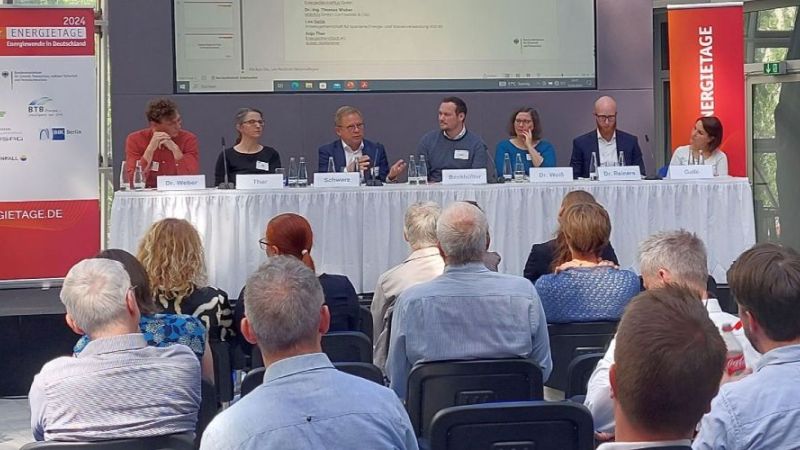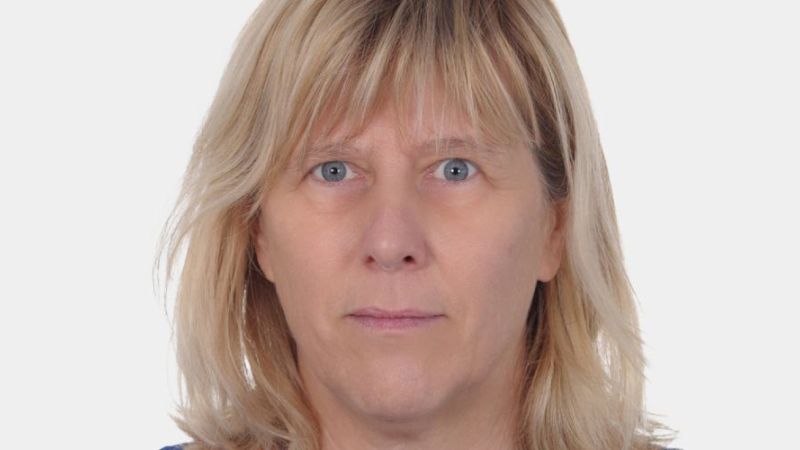 © Breezer Aircraft GmbH & Co. KG
© Breezer Aircraft GmbH & Co. KG
Wind energy
Wind turbines no longer flash at night
Thanks to the PARASOL passive radar system, there is now an end to the continuous night-time flashing at wind farms.
Wind turbines above a height of 100 metres require warning beacons. These red signal lights are intended to warn low-flying aircraft. However, the continuous night-time flashing is a nuisance to local residents and is suspected to attract birds and other animals. Wind farm operators must now convert their turbines by the end of June 2021: They may then only flash when an aircraft is actually approaching.
This is where PARASOL comes in: The system uses existing radio and TV signals from DVB-T2, DAB plus or LTE to detect approaching aircraft. The idea behind this: The elimination of the disruptive lights of wind turbines should not be replaced by additional radar radiation. Although humans cannot see it, it may cause long-term damage, unlike the so-called passive radar system that has now been developed. Passive, because it uses the signals of already existing systems as carrier signal. In addition, PARASOL does not require its own, costly frequency allocation by the German Federal Network Agency.
Listening to the echo
The safe and environmentally sustainable warning system helps to increase public acceptance of wind power. With PARASOL, wind turbines only light up when there is actually an aircraft in the vicinity, meaning they warn on demand. This means that wind farms remain dark for around 95 per cent of the night. The system uses three antennas with computers attached to wind turbines or free-standing masts. These three sensors together calculate the exact position of approaching flying objects in real time. To do this, PARASOL listens to the existing signal sources and uses the broadcast signal of cellular, radio and TV signals. The system compares the original signal with what PARASOL actually receives to determine whether there is a flying object nearby. The signal is distorted by reflection from the fuselage of the flying object in such a way that the location and speed can be determined from the "echo". The signal lights then remain switched on as long as the flying object is within a certain range of the plants.
Direct from research to the market
PARASOL, short for PAssiv RAdar based circuit of object identification for aviation, was developed by the Fraunhofer Institute for High Frequency Physics and Radar Techniques FHR and the wind energy company Dirkshof/EED GmbH in a federally funded research project. With this research project, the German Federal Ministry for Economic Affairs and Energy (BMWi) responded at an early stage to the reservations of the public due to the continuous flashing at night. Dirkshof was then able to successfully implement the results of the project and launch them on the market. In 2018, the company received air traffic regulations approval for its innovative concept for demand-driven nighttime identification. The wind power company then started series production of PARASOL, which is now also certified according to ISO DIN 9001.
Plants must be converted to demand-driven night-time identification
This certification is one of the new regulations in the amendment to the General Administrative Regulation for the Marking of Aircraft Obstacles (Allgemeine Verwaltungsvorschrift zur Kennzeichnung von Luftfahrthindernissen, AVV). With the amendment to the AVV, the German government adopted the demand-driven nighttime identification of wind turbines. Wind farm operators now have until the end of June 2021 to convert their turbines accordingly. The nightly continuous flashing is then over. This is an important step in the Wind Action Plan presented by Federal Minister for Economic Affairs Altmaier to accelerate the expansion of onshore wind power.
PARASOL is thus continuing to pick up speed. The company started by equipping the Reußenköge wind farm in Schleswig-Holstein with its passive radar system. With the Wöhrden wind farm, another project on the west coast of Schleswig-Holstein followed in March this year. Another wind farm in northern Schleswig-Holstein is currently being equipped with the specially erected antenna masts. In addition, a major project in Lower Saxony is in the starting blocks. Here, a total of 52 plants in the Oldenburg area covering an area of almost 100 square kilometres are to light up on demand.










